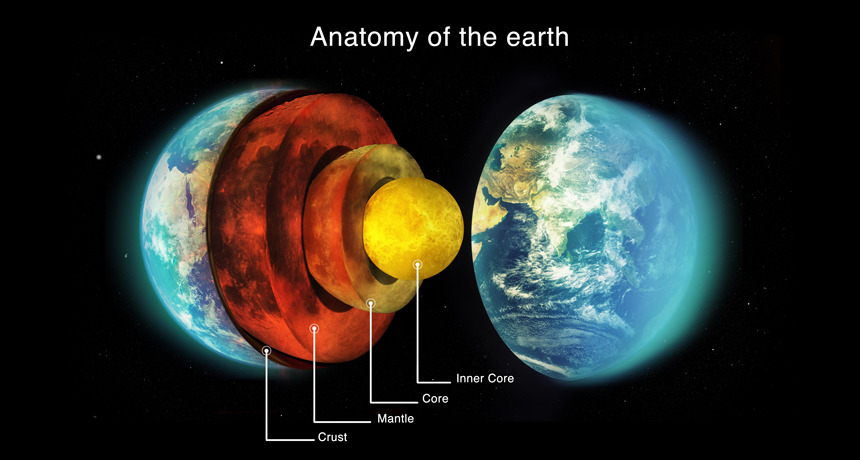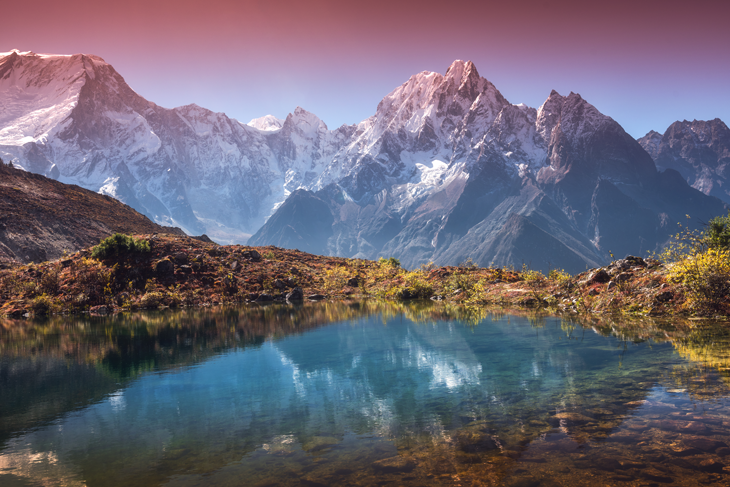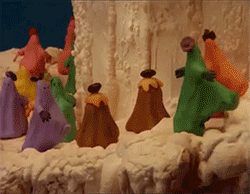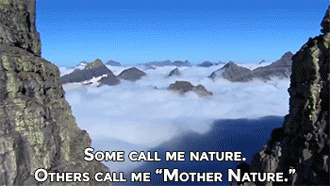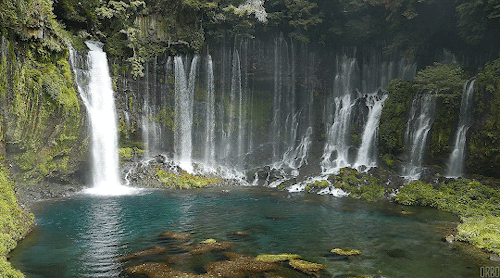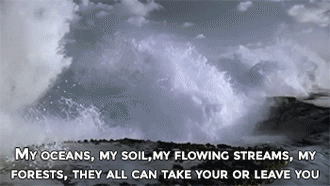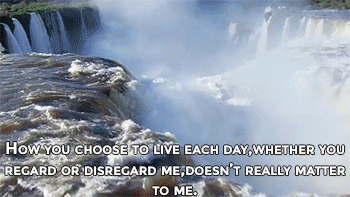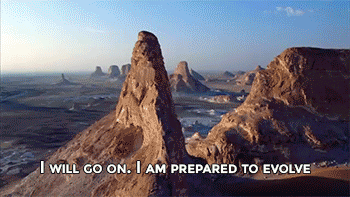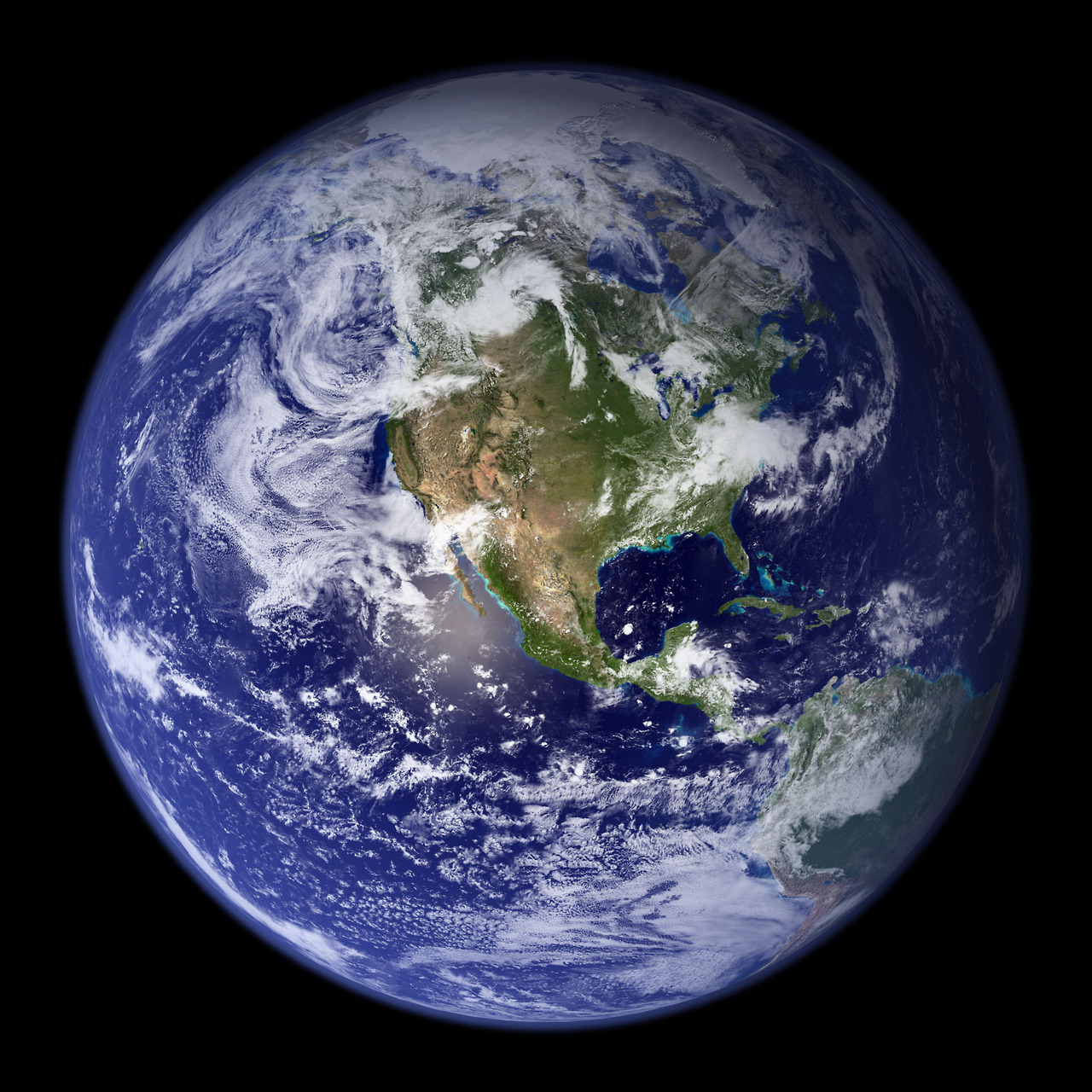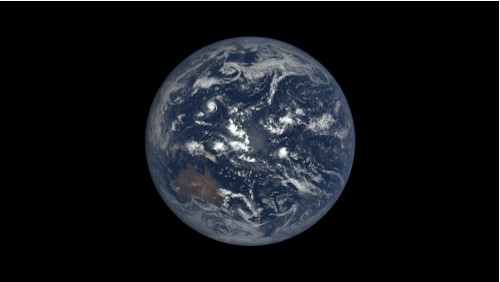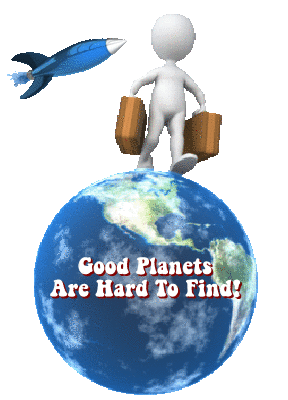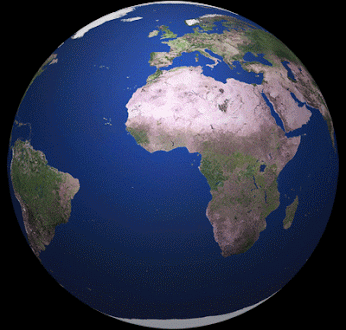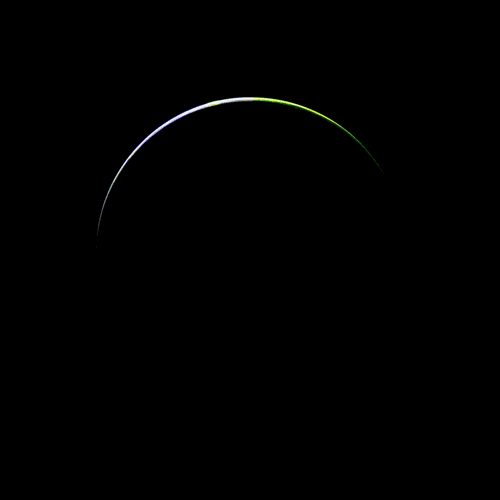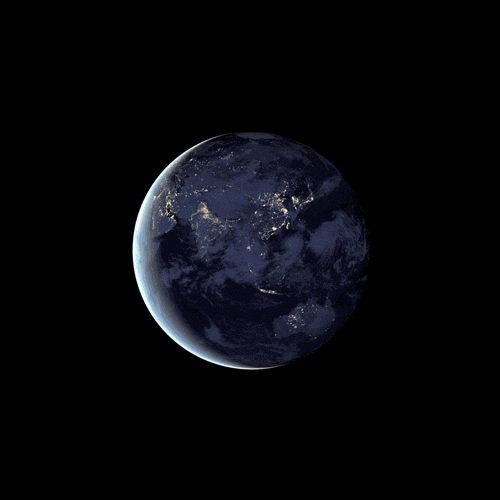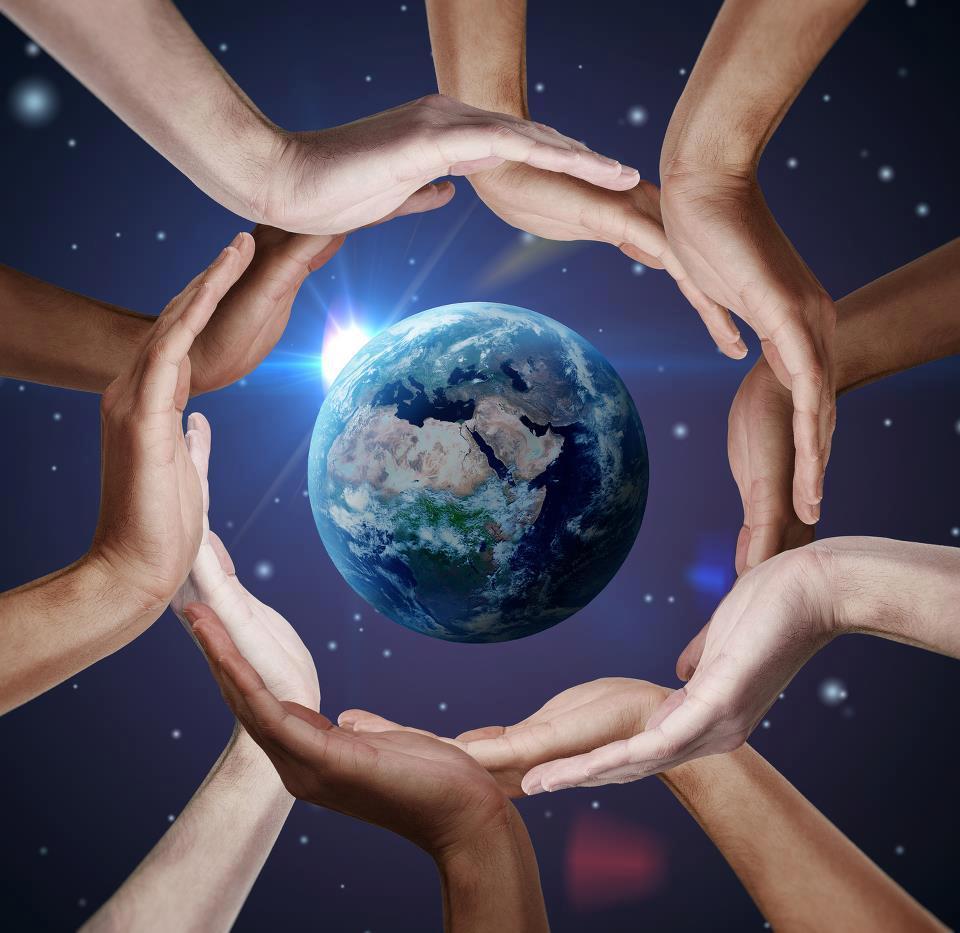Mountain ranges tower to the sky. Oceans plummet to impossible
depths. Earth’s surface is an amazing place to behold. Yet even the
deepest canyon is but a tiny scratch on the planet. To really understand
Earth, you need to travel 6,400 kilometers (3,977 miles) beneath our
feet.
Starting at the center, Earth is composed of four distinct layers.
They are, from deepest to shallowest, the inner core, the outer core,
the mantle and the crust. Except for the crust, no one has ever explored
these layers in person. In fact, the deepest humans have ever drilled
is just over 12 kilometers (7.6 miles). And even that took 20 years!
Still, scientists know a great deal about Earth’s inner structure.
They’ve plumbed it by studying how earthquake waves travel through the
planet. The speed and behavior of these waves change as they encounter
layers of different densities. Scientists — including Isaac Newton,
three centuries ago — have also learned about the core and mantle from
calculations of Earth’s total density, gravitational pull and magnetic
field.
Here’s a primer on Earth’s layers, starting with a journey to the center of the planet.
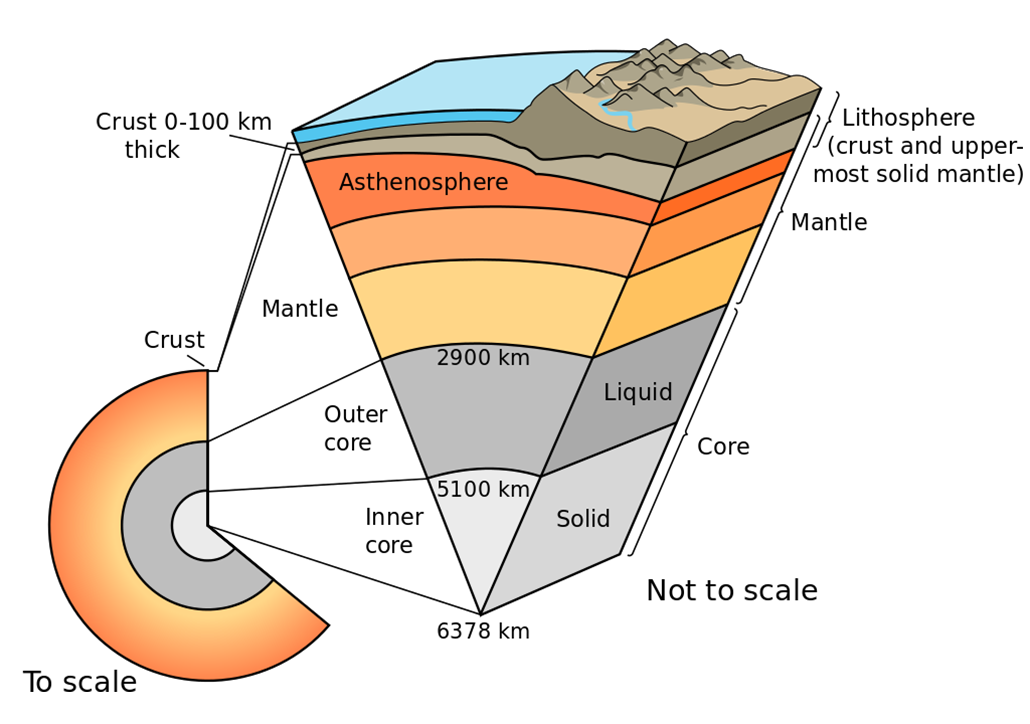
A cut-away of Earth’s layers reveals how thin the crust is when compared to the lower layers.USGS

The inner core
This solid metal ball has a radius of 1,220 kilometers (758 miles),
or about three-quarters that of the moon. It’s located some 6,400 to
5,180 kilometers (4,000 to 3,220 miles) beneath Earth’s surface.
Extremely dense, it’s made mostly of iron and nickel. The inner core
spins a bit faster than the rest of the planet. It’s also intensely hot:
Temperatures sizzle at 5,400° Celsius (9,800° Fahrenheit). That’s
almost as hot as the surface of the sun. Pressures here are immense:
well over 3 million times greater than on Earth’s surface. Some research
suggests there may also be an inner, inner core. It would likely
consist almost entirely of iron.
The outer core
This part of the core is also made from iron and nickel, just in
liquid form. It sits some 5,180 to 2,880 kilometers (3,220 to 1,790
miles) below the surface. Heated largely by the radioactive decay of the
elements uranium and thorium, this liquid churns in huge, turbulent
currents. That motion generates electrical currents. They, in turn,
generate Earth’s magnetic field. For reasons somehow related to the
outer core, Earth’s magnetic field reverses about every 200,000 to
300,000 years. Scientists are still working to understand how that
happens.
The mantle
At close to 3,000 kilometers (1,865 miles) thick, this is Earth’s
thickest layer. It starts a mere 30 kilometers (18.6 miles) beneath the
surface. Made mostly of iron, magnesium and silicon, it is dense,
hot and semi-solid (think caramel candy). Like the layer below it, this
one also circulates. It just does so far more slowly.
Near its upper edges, somewhere between about 100 and 200 kilometers
(62 to 124 miles) underground, the mantle’s temperature reaches the
melting point of rock. Indeed, it forms a layer of partially melted rock
known as the asthenosphere (As-THEEN-oh-sfeer). Geologists believe this
weak, hot, slippery part of the mantle is what Earth’s tectonic plates
ride upon and slide across.
Diamonds are tiny pieces of the mantle we can actually touch. Most form at depths above 200 kilometers (124 miles). But rare “super-deep” diamonds
may have formed as far down as 700 kilometers (435 miles) below the
surface. These crystals are then brought to the surface in volcanic rock
known as kimberlite.
The mantle’s outermost zone is relatively cool and rigid. It behaves
more like the crust above it. Together, this uppermost part of the
mantle layer and the crust are known as the lithosphere.
The thickest part of Earth’s crust is about 70 kilometers (43 miles) thick and lies under the Himalayan Mountains, seen here.den-belitsky/iStock/Getty Images Plus
The crust
Earth’s crust is like the shell of a hard-boiled egg. It is extremely
thin, cold and brittle compared to what lies below it. The crust is
made of relatively light elements, especially silica, aluminum and
oxygen. It’s also highly variable in its thickness. Under the oceans
(and Hawaiian Islands), it may be as little as 5 kilometers (3.1 miles)
thick. Beneath the continents, the crust may be 30 to 70 kilometers
(18.6 to 43.5 miles) thick.
Along with the upper zone of the mantle, the crust is broken into big pieces, like a gigantic jigsaw puzzle. These are known as tectonic plates.
These move slowly — at just 3 to 5 centimeters (1.2 to 2 inches) per
year. What drives the motion of tectonic plates is still not fully
understood. It may be related to heat-driven convection currents in the
mantle below. Some scientists think it’s caused by the tug from slabs of
crust of different densities, something called “slab pull.” In time,
these plates will converge, pull apart or slide past each other. Those
actions cause most earthquakes and volcanoes. It’s a slow ride, but it
makes for exciting times here on Earth’s surface.







